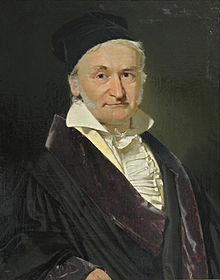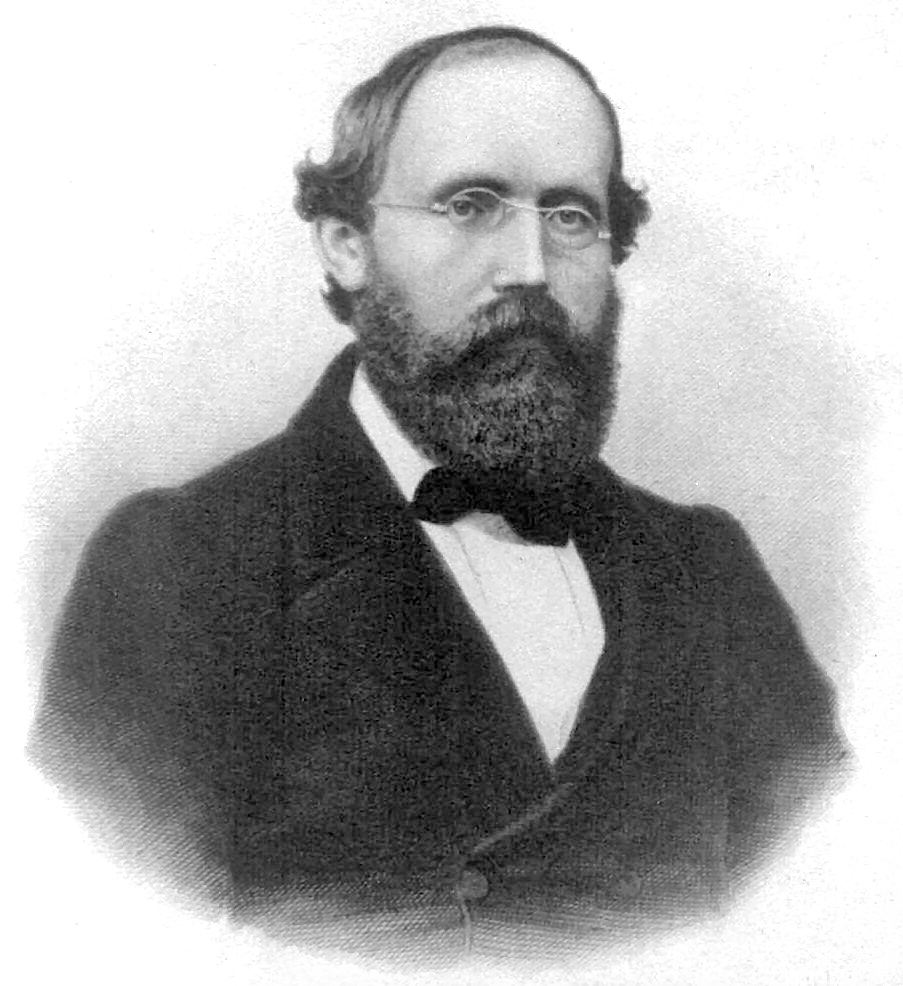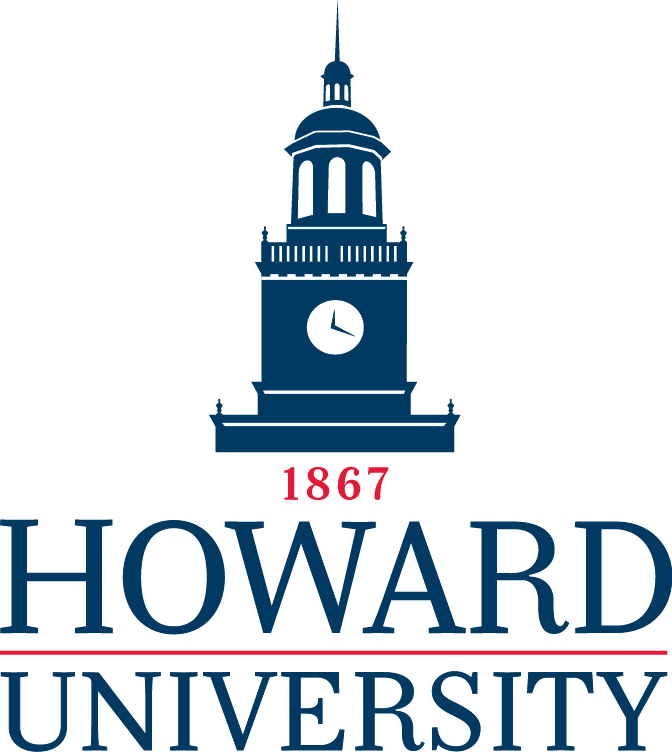 |
 |
When & Where: MWF 11-noon on Blackboard Collaborate Ultra
Email: roberto DOT deleo AT howard DOT eduTextbook
Ahlfors, Complex Analysis, McGraw Hill, 1979Suggested Books/Lecture Notes
Do consult these texts when you need more than you find in the textbook!- Terence Tao's Complex Analysis notes.
- A First Course in Complex Analysis, a nice introductory undergraduate book with many examples and exercises.
Other Texts
- C. McMullen, Lecture notes on Advanced Complex Analysis
- W. Schlag, A Course in Complex Analysis and Riemann Surfaces, MIT Open Courseware
Grades policy
Grades will be evaluated on the following bases:- (Almost) weekly homework: 30%;
- Two take-home midterms: 2x20%;
- Final exam: 30%.
Collaboration
Especially with online classes, teamwork is very important and will give you the occasion to interacct with your classmates. You are encouraged in general to work with study partners and also to collaborate on homework. On the other side, you must write your solutions yourself, in your own words, and you must list all collaborators and outside sources of information.It is a serious violation of academic integrity to copy an answer without attribution.
Academic Code of Student Conduct
(please see Howard University handbook) No copying, unauthorized use of calculators, books, or other materials, or changing of answers or other academic dishonesty will be tolerated. Cheating will not be tolerated. Anyone caught cheating will receive an F for the course and may be expelled from the university.Grievance Procedure
If you have any problems with the policies or rules of this course, discuss your concerns with your instructor. If you are still unable to come to a satisfactory arrangement, you may contact the Director of Undergraduate Studies, Dr. Jill McGowan, and, if still unsatisfied, the Chair of the Department, Dr. Bourama Toni.Americans with Disabilities Act
Howard University is committed to providing an educational environment that is accessible to all students. In accordance with this policy, students in need of accommodations due to a disability should contact the Office of the Dean for Special Student Services (202-238-2420, bwilliams@howard.edu) for verification and determination of reasonable accommodations as soon as possible after admission and at the beginning of each semester as needed.Statement on Interpersonal Violence
Howard University takes sexual assault, dating violence, domestic violence, stalking and sexual harassment seriously. If a student reveals that he or she needs assistance with any of these issues, all responsible employees, including faculty, are required to share this information with the University Title IX Office (202-806-2550) or a student can be referred for confidential services to the Interpersonal Violence Prevention Program (IVPP) (202-238-2382) or the University Counseling Services (202-806-6870). For more information, please visit www.CampusSafetyFirst.Howard.Edu.Lectures plan:
| Week | Content | Topics |
| 1 | Chapter 1 | Complex numbers. |
| 2 | Chapter 2 | Analytic functions, Power series. |
| 3 | Chapter 2 | Power series, examples of functions. |
| 4 | Chapter 3 | Elementary topology, conformality |
| 5 | Chapter 3 | Linear transformations, Elementary conformal mappings. |
| 6 | Chapter 4 | Integration, Cauchy's integral formula. |
| 7 | Chapter 4 | Local properties of analytical functions. |
| 8 | Chapter 4 | General form of Cauchy's thm, Calculus of residues. |
| 9 | Chapter 5 | Power series expansions. |
| 10 | Chapter 5 | Partial fractions. |
| 11 | Chapter 5 | Entire functions, Riemann $\zeta$ function. |
| 12 | Chapter 5 | Normal families. |
| 13 | Chapter 6 | Riemann mapping theorem. |
| 14 | Review. |
Lectures log
| Week | Day | Sections | Topics | Homework |
| 1 | 24 Aug | Chapter 1 1.1 | Complex numbers. | |
| 26 Aug | 1.2, 1.3 | Different ways to define and represent complex numbers. Inverse and square root of a complex number. | 1.2: 1,3 | |
| 28 Aug | 1.3, 1.4, 1.5 | Cauchy sequences. Complete metric spaces. Conjugation. Complex solutions of real polynomial equations. Geometric properties of complex numbers. | 1.3:1, 1.4:3,4 | |
| 2 | 31 Aug | 1.5, 2.1, 2.2 | Cauchy inequality. Geometric Addition and multiplication. Binomial equation. | 1.5:3, 2.1:3, 2.2:4 |
| 2 Sep | 2.3. Chapter 2 1.1 | Analytic Geometry. Limits. | ||
| 4 Sep | 1.1, 1.2 | Continuity, Differentiability. | ||
| 3 | 7 Sep | Labour Day. | ||
| 9 Sep | 1.2 | Cauchy-Riemann equations. | 1.2:4,7 | |
| 11 Sep | 1.3 | Polynomials. | In the textbook (bottom of page 29) it is mentioned that the zeros of $p'(z)$ are contained in every convex polygon that contains the roots of $p(z)$. Prove directly this fact in case of a second degree polynomial. | |
| 4 | 14 Sep | 1.3 | Lucas' Theorem. | |
| 16 Sep | 1.4, 2.1 | Rational Functions. Sequences. | 1.4:1,4 | |
| 18 Sep | 2.2, 2.3 | Uniform convergence. Series. | 2.2:4 | |
| 5 | 21 Sep | 2.4 | Abel's Theorem on power series. | 2.4: 2,3 |
| 23 Sep | 2.4, 2.5, 3.1 | Analiticity of power series within the radius of convergence. Second Abel theorem. Exponential function. | 2.4: 5,7. | |
| 25 Sep | 3.2, 3.3, 3.4 | Trigonometric and Logarithmic functions | 3.2: 1. 3.3: 6,7 | |
| 6 | 28 Sep | 3.4 Chapter 3 1.1 | Logarithmic functions. Point set topology. | |
| 30 Sep | 1.2 | Metric Spaces | 1.2: 1, 4 | |
| 2 Oct | 1.3 | Connectedness | 1.3: 3, 7 | |
| 7 | 5 Oct | 1.3 | Connectedness | 1.3: 5 |
| 7 Oct | 1.4 | Compactness | 1.4: 4,5 | |
| 9 Oct | 1.5, 1.6 | Continuous Maps. Topological Spaces. | 1.5: 1 | |
| 8 | 12 Oct | 2.1, 2.2 | Piecewise smooth paths. Holomorphic maps. | 2.2: 3 |
| 14 Oct | 2.3, 2.4 | Conformal maps. Length and Area. | ||
| 16 Oct | 3.1, 3.2 | Projective space. Mobius trasnformations. Cross ratio. | 3.1: 1, 4 | |
| 9 | 19 Oct | Notes, p. 11 | Goursat Theorem | |
| 21 Oct | Notes, p. 2-3 | Darboux Theorem | ||
| 23 Oct | Notes, p.4 | Differential Forms in $\Bbb R^n$. Stokes Theorem. | 1. Given the curve $\gamma(t)=(R\cos t,R\sin t), t\in[0,2\pi]$, evaluate the line integral over $\gamma$ of the 1-form $xdy-ydx$. After you get the result, try to understand its relation with the curve and explain why it is so (Stokes Thm...) | |
| 10 | 26 Oct | Notes, p. 5-7 | Complex Differential 1-forms. Green Theorem. $C^1$ Cauchy Theorem | 2. Let $f$ be a holomorphic map. Evaluate the external differential 2-form $d(f(z)dz)$. 3. Given the curve $\gamma(t)=Re^{it}, t\in[0,2\pi]$, evaluate the line integral over $\gamma$ of the 1-form $\bar z dz$. After you get the result, try to understand its relation with the curve and explain why it is so (Stokes Thm...). |
| 28 Oct | Notes, p. 8-9 | Primitive of a closed 1-form over a path. | 4. Find a primitive of $dz/z^2$ over the path $\gamma(t)=t+it^2, t\in[0,1]$. | |
| 30 Oct | Notes, p. 10-12 | Winding number. Homotopy. $C^0$ Cauchy Theorem | 5. Write explicit homotpies for the following two pairs of homotopic paths: a. $\gamma_0(t)=t$, $\gamma_1(t)=t^2$; b. $\gamma_0(t)=e^{2\pi it}$, $\gamma_1(t)=e^{2\pi it}/2$. Notice that in the first case the homotopy must keep the endpoints fixed. In all cases the domain of the paths is $[0,1]$. In the second case, do find a primitive with respect to the homotopy of $dz/z$. | |
| 11 | 2 Nov | T. Tao Notes | Cauchy Integral Formula (Thm 15). Mean value property (Ex. 17). Holomorphic functions are analytic (Cor 18, Cor 20) | Ch 4, §2.2: 2,3 |
| 4 Nov | T. Tao Notes | Factor Theorem (Cor 22). Analytic continuation (Cor 23). Non-constant analytic functions have only isolated zeros (Cor 24). Higher order Cauchy Integral formula (Thm 25). Cauchy inequalities (Cor 27). | Ch 4, §2.3: 1,2 | |
| 6 Nov | T. Tao Notes | Liouville Thm (Thm 27). Fundamental Thm of Algebra (Thm 30). Morera's Thm (Thm 33). Uniform limits of hol. functions are hol. (Thm 34). Removable singularities (Ex. 35). Schwartz reflection principle (Ex. 37). | Ch 4, §2.3: 6 (this is Ex. 36 in Tao's lectures) | |
| 12 | 9 Nov | T. Tao Notes | Isolated Singularities. Decomposition of a function in an annular region (Lemma 1). | |
| 11 Nov | Veteran's Day | |||
| 13 Nov | T. Tao Notes | Meromorphic functions. | ||
| 13 | 16 Nov | T. Tao Notes | Classification of isolated singularities. Laurent series. | |
| 18 Nov | T. Tao Notes | The residue theorem. Using complex line integrals to evaluate real integrals. | ||
| 20 Nov | T. Tao Notes | The argument principle. Rouché Theorem. |
Last Homework set:
|
|
| 14 | 23 Nov | T. Tao NotesF. Monard notes | Open mapping theorem. Maximum modulus principle. Inverse function theorem. |
|
| 25 Nov | T. Tao Notes | Midterm 2 review. | ||
| 27 Nov | Classes are over. |
